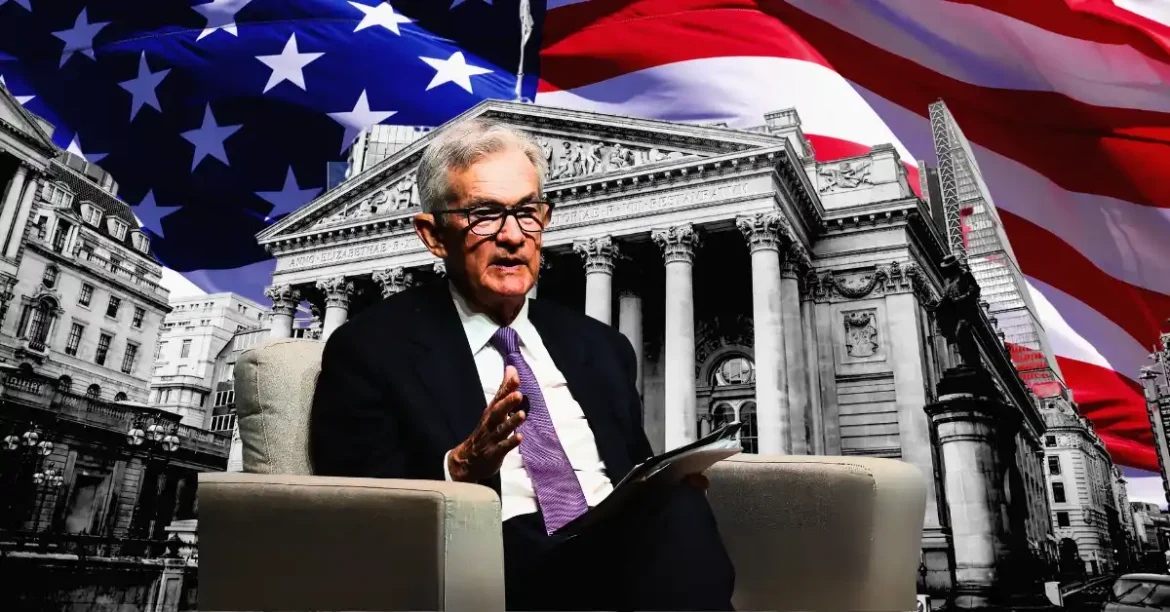The Future Leadership of the Federal Reserve: An In-Depth Analysis
The Federal Reserve, as the central bank of the United States, plays a pivotal role in steering the country’s monetary policy and maintaining economic stability. Given the intense scrutiny the Federal Reserve (Fed) and its leadership receive, questions about who is set to lead next often arise, especially surrounding the tenure of its Chair. Currently, Jerome Powell is the center of much speculation about his future at the Fed. This report explores the leadership landscape of the Fed, the rumors swirling around Chair Jerome Powell’s tenure, the legal context of his position, and the implications for U.S. economic policy.
Jerome Powell’s Current Position and Tenure
Jerome Powell was confirmed for a second four-year term as Chair of the Federal Reserve on May 12, 2022. His current term extends through May 2026, meaning that legally and contractually, he is expected to remain in office until then. Alongside Powell, other key Fed leaders include Philip Jefferson, confirmed as Vice Chair in September 2023, succeeding Lael Brainard, and Michael Barr, Vice Chair for Supervision, confirmed in July 2022. These appointments mark the Biden administration’s influence over the Fed’s current leadership team.
Rumors of Powell’s Resignation: Examining the Evidence
Despite these confirmations, rumors periodically surface suggesting Powell might step down before his term’s end. Notably, speculation emerged circulating on social media and betting platforms about a potential resignation slated for June 1, 2025. However, these claims have been widely dismissed by experts and commentators due to lack of official confirmation or credible evidence.
Powell himself has consistently refuted the notion that he would resign prematurely. He explicitly stated that he would not quit even if asked by former President Donald Trump, emphasizing that legally the Fed Chair’s position cannot be arbitrarily terminated by a sitting president. Powell’s stance underscores the independence of the Federal Reserve from political pressures.
The Legal Framework Protecting Federal Reserve Leadership
The ability to remove a Federal Reserve Chair is constrained by law. Once appointed and confirmed by the Senate, the Chair serves a fixed four-year term and cannot be fired by the President at will. This statutory protection is designed to ensure the Fed’s decisions are insulated from political interference, allowing for objective management of monetary policy. The Senate confirms the Chair, while the President appoints. This separation creates a system of checks and balances intended to preserve Fed autonomy.
Political Pressure and Public Criticism
Although Powell enjoys the security of a statutory term, his tenure has not been without challenges. Former President Trump has publicly criticized Powell, particularly over interest rate policies, calling for more aggressive rate cuts and even suggesting Powell’s termination. Trump’s statements, however, clash with the legal realities outlined above.
Senator Rick Scott also publicly called for Powell’s resignation, highlighting the political pressures Fed leadership can face. Nevertheless, Powell has maintained a firm position, signaling he will serve until the completion of his term. These dynamics illustrate the tension often present between monetary policymakers and politicians advocating for divergent economic agendas.
Implications of Leadership Continuity or Change
Powell’s leadership continuity is fundamental to maintaining policy stability amid economic uncertainty. The Fed has held interest rates steady recently, balancing inflationary pressures against the risks of recession. A premature change in leadership could introduce volatility and undermine policy predictability.
Conversely, if Powell chooses not to finish his term or is replaced by a new presidential administration post-2026, the selection of his successor will be critical. That person will shape the Fed’s future policy orientation—whether more hawkish on inflation or more dovish to stimulate growth.
Additional Developments: Organizational Changes Under Powell
Beyond monetary policy, Powell has announced operational plans such as a 10% reduction in Fed staff over the next few years through attrition, aiming to streamline the institution’s functions. This move reflects efforts to enhance efficiency within the Board of Governors and align resources with evolving priorities.
Conclusion: Who Will Leave Next, and When?
– Jerome Powell is firmly positioned to serve as Fed Chair through May 2026, with legal protections preventing arbitrary removal.
– Current rumors of his imminent resignation are unsubstantiated and contradicted by Powell’s own statements.
– Political leaders, including former President Trump and some senators, express dissatisfaction but lack authority to force his departure.
– Future leadership changes will likely occur through natural term expirations or new appointments following presidential nominations and Senate confirmations.
– The Fed’s structural independence serves to shield its leadership from political volatility, ensuring continuity in the conduct of U.S. monetary policy.
The question of “who has to leave the Federal Reserve next?” currently points to the natural end of Jerome Powell’s term in 2026 unless extraordinary unforeseen events occur. Until then, Powell’s leadership remains the anchor of the Fed as it navigates complex economic conditions. The landscape of Fed governance beyond 2026 will be shaped by the interplay between presidential preferences, Senate approval, and evolving economic imperatives, but for now, the focus remains on Powell’s continued stewardship.





